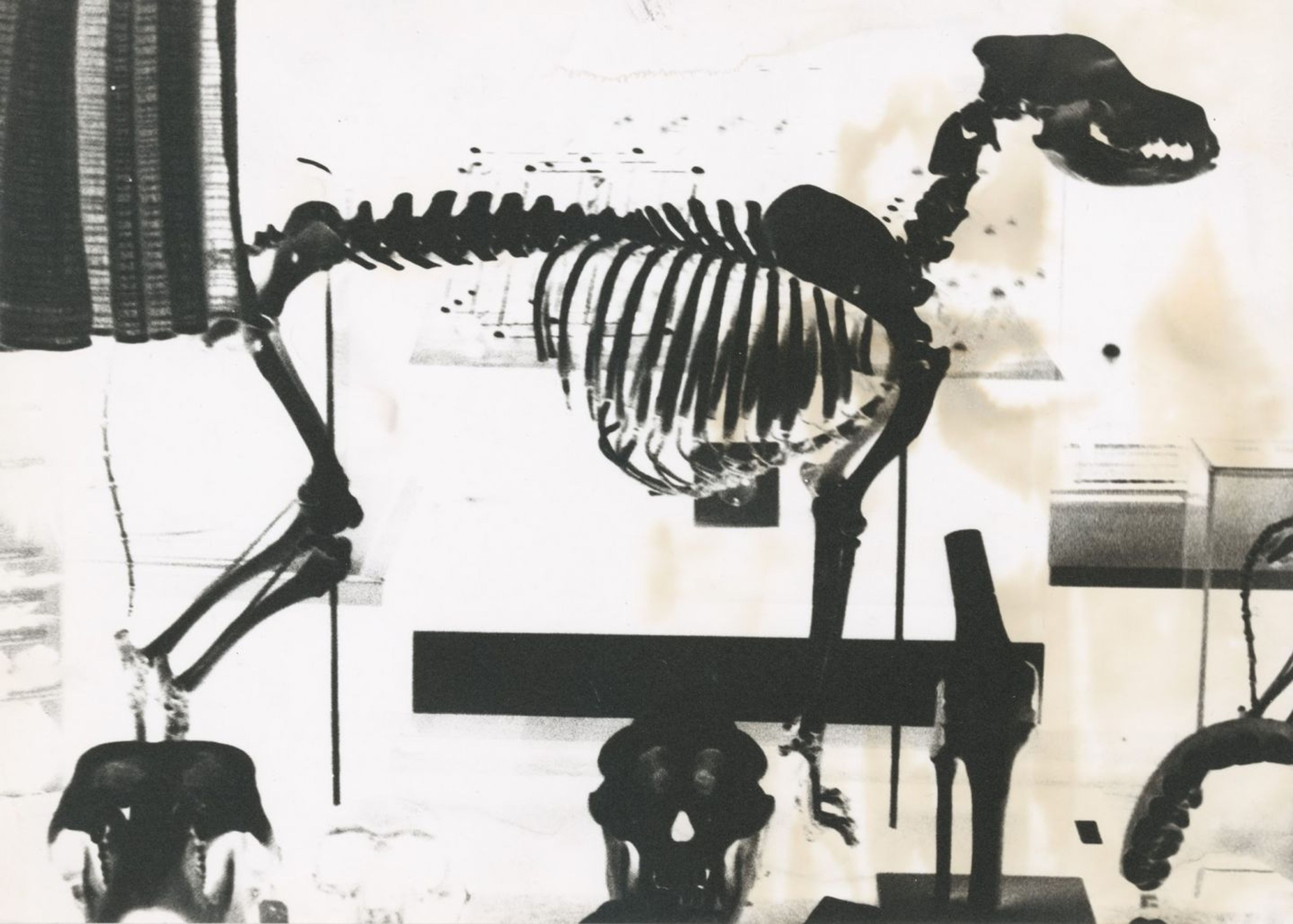Museum Morsbroich, Leverkusen
May 2018
May 27–September 2, 2018 Based on an extensive collection of previously unpublished photographs, the exhibition reveals Sigmar Polke as an alchemist of photographic matter and a chronicler of the Rhineland art scene. Polke embraced the photographic medium early on, as both a documentary source for his paintings and as a means of making in itself. There is reciprocal contamination between the two practices in Polke’s work, so much so that it is just as possible to evoke the photographic dimension of his paintings as it is to speak of the painterly quality of his photographs. His approach to photography was, from the beginning, that of an amateur craftsman. Polke always developed and printed his photographs himself, irrespective of the rules (not heeding to correct times of exposure and using out-of-date paper and chemicals), flippantly practicing under- and over-exposure as well as double-exposure. There is no hierarchy in these images in which “family” photos, self-portraits taken with associates and accomplices, snapshots, documents destined to be worked on visually, graphic and chemical experiments, travel snaps, as well as pictures made under the influence of drugs are all brought together. Polke compounded taxonomies, classifications, and sacred oppositions: documentary and fiction, archives and personal mythology, art, and advertising, amateur and professional, experimental, and popular. Painting contaminated by photography, photography poisoned by painting: Polke’s art is contained in this toggle switch. His photographic infamies are in this regard exemplary of an aesthetic and ethical position that is profoundly libertarian. Polke did not try to “save” painting by photography or to ennoble photography through painting, following a rather stale notion of contemporary rhetoric. On the contrary, he amplified the two enemy sisters’ bad reputations. Learn more at Museum Morsbroich.
